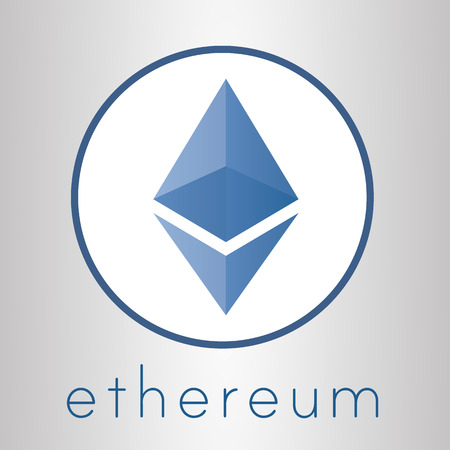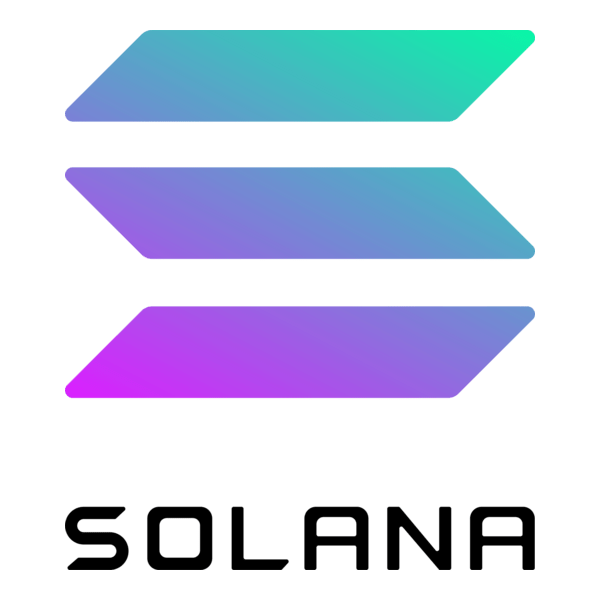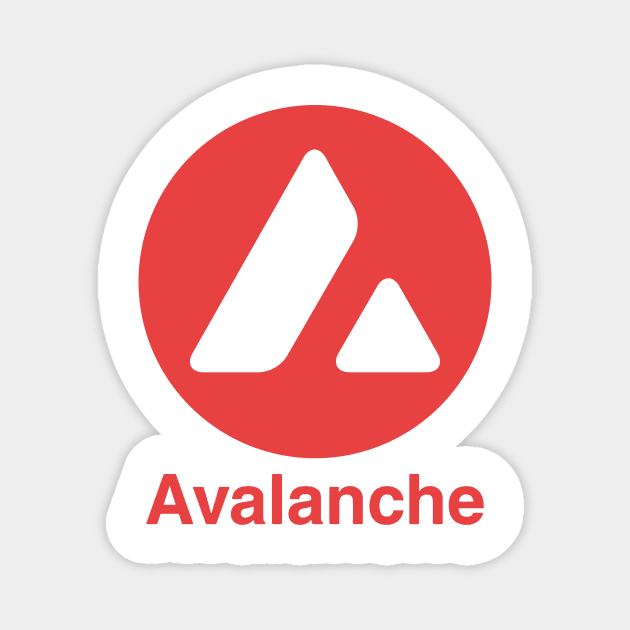
2 Dec, 2025
Reports the smart contract platforms market (distinct from the broader “smart contracts” services) was US $1.21 billion in 2023, forecast to soar to US $218.59 billion by 2032, with an explosive CAGR of 78.12%.
Polkadot thickness interoperability for the blockchains that really matter for DeFi and Web3 apps. Ethereum has more than 70% of the dApp market, while BSC attracts users with transaction speeds of 3 seconds at low-cost fees.
These smart contract platforms self-enforce their terms between parties without requiring any intermediary. As the technology matures, the growing demand for a smart contract platform will tend to increase. This caters to all the needs for a dApp, DeFi project, NFT marketplace, etc.
With this post, we’ll be looking at the top 10 smart contract platforms that have the space in 2025. Features that make each platform unique will be examined, from strengths to contributions made within blockchain development. Cubix, as a blockchain development company, works extensively with these platforms to build advanced dApps and smart contract-based solutions.
Read More: Best Practices for Smart Contract Development
Here are the top 10 smart contracts making an impact in the blockchain ecosystem, each showcasing how decentralized agreements are reshaping industries.

Ethereum is the leader of all blockchain smart contract platforms. It was the pioneer and innovator of smart contracts and decentralized applications back in 2015.
This transition also enhanced its scalability and reduced its energy consumption, thus attracting more users. Ethereum’s network is still the major player in DeFi, NFT marketplace development, and Decentralized Exchange Development Services. As Ethereum matures, its role in smart contract development becomes even more pronounced. At Cubix, we have been actively building cutting-edge blockchain solutions for clients across industries, leveraging Ethereum’s ecosystem to deliver secure and high-performance decentralized applications.
Read More: Launching Your First Token on DEX – Basics Explained

Launched in 2020, Binance Smart Chain (BSC) is aiming towards solving scalability problems on Ethereum. Thanks to BSC’s low transaction fees and quick confirmation times, the platform has gained traction in a relatively brief time.
Decentralized apps, DeFi protocols, and cryptocurrency wallet development are all supported on the platform. The integration with Binance would boost its use case even further. With an expanding developer ecosystem by 2025, BSC would still act as a primary player in the development of DeFi staking platforms. Cubix leverages BSC to deliver scalable blockchain apps with reduced costs.
Read More: 5 Key Blockchain Protocols You Need to Know

Solana is well known for its high transaction speeds and scalability. With a processing speed of more than 65,000 transactions per second, making it the fastest blockchain platform that exists. Low fees and higher performances are considered good factors for decentralized applications, DeFi projects, and NFT marketplaces.
By 2025, Solana’s ecosystem is deepening, more so into adoption related to bank solutions and the DeFi ecosystem. These qualities, like handling large transaction volumes, are a perfect platform for the developers. Cubix builds high-performance blockchain applications on Solana, especially for NFT and DeFi projects.
Read More: 20 Best Examples of Blockchain Technology
Scalability, security, and sustainability define Cardano. It remains a standout when it comes to energy efficiency by employing the Ouroboros Proof of Stake consensus mechanism. The advent of smart contracts has brought forth advancements in DeFi and blockchain improvements.
Cardano’s research-first approach to smart contract generation leads to their being extremely secure and reliable. This makes Cardano so convenient for developers. Cardano, in the year 2025, is continuing to grow, especially in the areas of tokenizing digital assets and applications in smart contracts.
Read More: The Impact Of Asset Tokenization On The Finance Industry

Polkadot thrives on interoperability as a system that makes communication among the different blockchains and the flow of information between them possible. Its unique parachain development enhances scalability and flexibility for developers.
Decentralized apps, as well as cross-chain DeFi apps, are supported by Polkadot. Its interoperability makes it a contender in the DEX area. Fast forward to 2025, and Polkadot remains active and places significant emphasis on bridging blockchain networks and smart contract development. As a leading blockchain development company, Cubix leverages technologies like Polkadot to build scalable, interoperable, and future-ready decentralized ecosystems.
Read More: A Complete Beginner’s Guide to Blockchain Technology

Avalanche is cutting-edge technology related to blockchain that operates on the Avalanche Consensus Protocol. This protocol provides enhanced transaction speeds along with reduced fees to use decentralized applications. Avalanche supports several VMs; hence, developers can create personalized blockchain networks.
The avalanche continues to expand as the platform of choice for DeFi projects, developing crypto wallets, and creating NFT marketplaces in 2025. These features, particularly scalability and cost-effectiveness, make Avalanche the go-to platform for building smart contracts on the blockchain.
Read More: 15 Best Wallets for Cryptocurrency in 2025
Tezos is a self-amending blockchain that evolves without the necessity of hard forks. Sufficiently formal governance models are held responsible for smooth upgrades. Tezos became popular for building smart contracts with the likes of digital asset tokenization and NFT marketplaces. As an experienced NFT marketplace development company, Cubix utilizes the Tezos blockchain to craft secure, scalable, and creator-focused digital trading platforms that empower businesses and artists alike.
Tezos stands as a platform in 2025 that developers can trust thanks to its emphasis on sustainability and formal verification. It will, therefore, continue to be highly preferred for long-term blockchain projects, owing to its accommodation of future upgrades.
Read More: Is Developing an NFT Marketplace Worth It in 2025?
With unique Proof of Stake consensus mechanisms, Algorand has its focus lie on speed and scalability. The network currently achieves thousands of transactions in a second at a very low cost. Algorand continues to be preferred for DeFi protocols, crypto wallets, and dApp development.
With its focus on scalability, it is definitely one of the forerunner platforms in smart contract development on a blockchain. As of 2025, Algorand is gaining popularity for the tokenization of digital assets and building decentralized applications.
Read More: DApps vs. Smart Contracts – All You Need to Know
The scalability and lack of transaction fees are the hallmarks of EOS. By its Delegated Proof of Stake (DPoS) mechanism, it allows extensive block production and reduced transaction charges. This helps keep the architecture developer-friendly to create smart contracts and decentralized exchanges. Cubix utilizes EOS to deliver cost-effective dApp and DeFi projects, ensuring businesses can scale without worrying about high transaction costs.
EOS would still be a popular choice in 2025 for dApp development and decentralized finance. Its cost structure makes it an ideal low-cost DeFi staking platform and other blockchain solutions.
Read More: Smart Working with Blockchain-Based Smart Contracts
The concentration of Tron is on the decentralization of the entertainment and content industry. A platform where creators can share content directly with the user without the need for intermediaries. Tron has a platform that stretches out for decentralized applications, DeFi protocols, and NFT marketplaces. Cubix works with Tron to build decentralized apps in the entertainment sector, giving creators and businesses blockchain-powered platforms with faster, cheaper, and more reliable transactions.
In 2025, Tron is expected to continue being an important crypto wallet solution for blockchain smart contracts. Due to its low fees and fast transaction speeds, it is a suitable program for content-based dApps and stablecoin development.
“Smart contract blockchain is reshaping trust in digital agreements, making transactions faster, transparent, and self-executing without reliance on intermediaries.”
– Shoaib Abdul Ghaffar, Technical Lead at Cubix
Smart contract platforms are driving a new wave of decentralized innovations in 2025. Agreements get automated; intermediaries are rendered ineffective; trust in digital transactions gets enhanced. All of these blockchain solutions provide security, transparency, and efficiency to different sectors.
Names like Ethereum, Solana, and BSC are promising scalability and speed. At the forefront is Cubix, which builds advanced decentralized applications (dApps) on those very platforms, ensuring smooth smart contract development. With Cubix, businesses go further into next-generation blockchain technologies to create smarter and more modern solutions.
Category